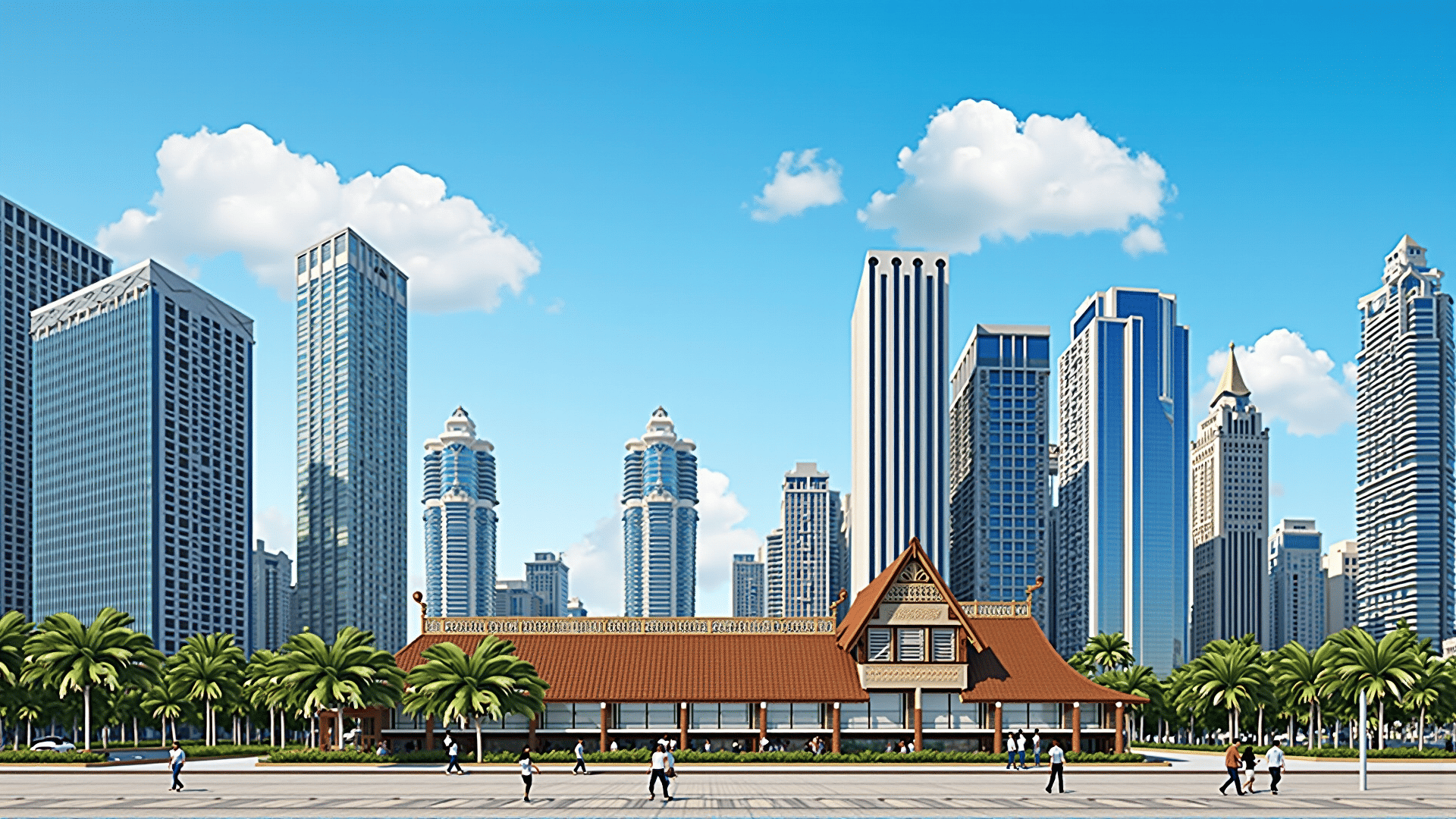Makati City, a bustling metropolis in the Philippines, is a shining example of how modern architecture can coexist harmoniously with cultural heritage. As one of the premier business districts in the country, Makati is renowned for its skyline dotted with high-rise buildings that reflect the global standards of design and innovation.
Walking through the streets of Makati, one can observe how this urban center has adeptly amalgamated contemporary architectural marvels with traditional Filipino elements. The integration of these aspects creates a vibrant urban landscape, enhancing the city's charm while staying true to its roots.
The cityscape is marked by iconic buildings that serve as both functional spaces and aesthetic wonders. These structures employ cutting-edge designs, sustainable practices, and materials that minimize environmental impact. Glass facades glint in the sunlight, buildings rise with sleek lines and modern forms, yet each structure pays subtle homage to local culture, whether it's through the incorporation of indigenous patterns or the use of native materials.
Community spaces and public art installations also highlight Makati’s dedication to blending the modern with the traditional. Parks and plazas are adorned with sculptures and murals that celebrate Philippine heritage, offering residents and visitors alike a chance to engage with art and history right in the heart of the city. These areas not only provide aesthetic pleasure but also foster community interaction and leisure amid the urban hustle.
In addition, Makati is committed to creating an inclusive cityscape by integrating these design elements into infrastructures like malls and transport terminals. Many shopping centers in the city are not just places for commerce but are architecturally designed to incorporate traditional motifs, creating a shopping experience that is both global in its offering and local in its ambiance.
The city's development plan emphasizes not only growth but also preservation of cultural identity. This thoughtful approach ensures that while Makati continues to evolve with ultramodern structures, it never loses sight of the rich narratives and traditions that define its character.
Exploring Makati, one cannot help but appreciate the dynamic interplay between progress and tradition. The city stands as a testament to the future of urban development, where preserving cultural essence goes hand in hand with shaping the skylines of tomorrow. As a result, Makati is not just a city to live and work in, but a masterpiece of modern urban planning infused with the spirit of Filipino heritage.
